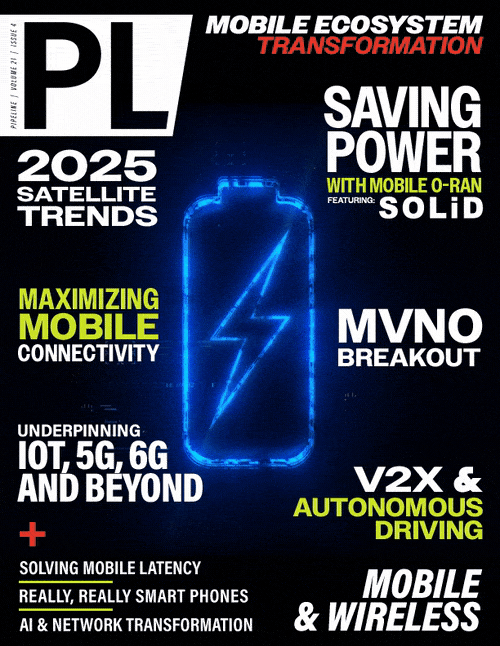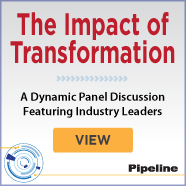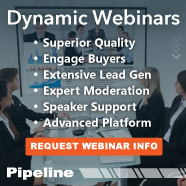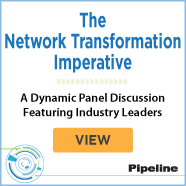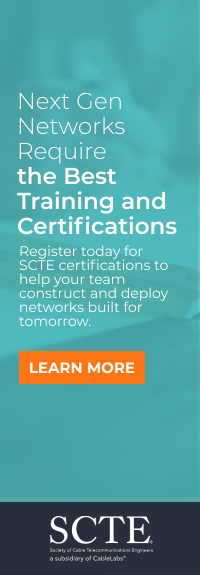Network Transformation and GenAI
Next Generation Transformation Funnel
The first step in creating an innovation funnel is that senior management has to make it clear that innovation is being sought and will be supported. If this is done correctly, a lot of good ideas will surface. Some will come from people inside the organization and some will come from external sources.
Internal people will need assurance that they will not suffer bad consequences from bringing forward an innovation proposal, even if that proposal doesn’t pan out. External sources need to be met as potential partners and treated accordingly. In both cases, effort must be made to prevent the appearance or an actual “not invented here” syndrome. This requires an organization that communicates well. The whole organization has to be in sync.
Successful innovation ecosystem leaders will arrange the resulting flow of innovation proposals in a funnel. This will be a flow because internal and external people will keep thinking. To coin a modification of a previous network transformation technology (Dev Ops) acronym, such a funnel would produce Constant Innovation - Constant Deployment (CI-CD). Today, that would include both GenAI applications and other technologies as well.
The flow will be full of good ideas. Unfortunately, many of those good ideas will not pan out. What is needed is a way to organize the proposals into a portfolio and, over time, sort out the winners. This is done by creating organization structures, policies and procedures that work like a funnel. Constantly bringing in good ideas. Assessing them for technical feasibility, organization benefit, etc. Picking the best for early Proof of Concept (POC) work. Assessing the POC’s. Picking the most promising POC’s for further prototyping. Assessing the prototypes. Picking the best prototypes for field trials. Assessing the field trials. Picking the best field trials for full scale deployment.
To make the funnel work, there must be appropriate budgets for each level in the funnel and leaders at each level who are rewarded based on the quality of the flow reaching deployment, rather than the success or failure of a particular proposal. For external partners, funded POC’s are important.
This constant innovation and deployment process has been done before. One example is Google when it was going through its steepest growth curve. When a new network architecture was rolled out, work was already starting on the next network architecture. The architecture just rolled out would be in production for approximately six months before the next architecture was rolled out. This was driven by the rapid growth in business that created quantum step requirements in capacity and performance. Each cycle was a magnet for innovative proposals. This is an extreme example. Few organizations will have such a fast cycle time. Still, it illustrates what can be done. Currently, Google has developed and deployed it’s own GenAI data centers based on it’s own chips, running it’s own LLM’s. Each of these (data centers, chips, LLM’s) can be seen as a result of an innovation funnel.
Another current example is a friend of mine who works in the electric grid industry. He is investigating previous generations of neural network technology applied to sustainable operation of electric grids. Part of the reason for looking at previous generations of technology is to avoid problems that GenAI has with hallucinations.
Conclusion
Currently, there is a lot of focus on transforming networks by application of GenAI technology. This is just the latest in a trend where network transformation has come to mean doing the one single thing that changes everything. Right now, that one thing is applying GenAI. GenAI is a powerful technology that offers tremendous benefits. But now, true transformation is not doing one thing, even if that one thing is GenAI. Rather, it is an NGTP that implements a constant innovation funnel process. The presence of an NGTP will be a key indicator of a healthy network for today and tomorrow.
